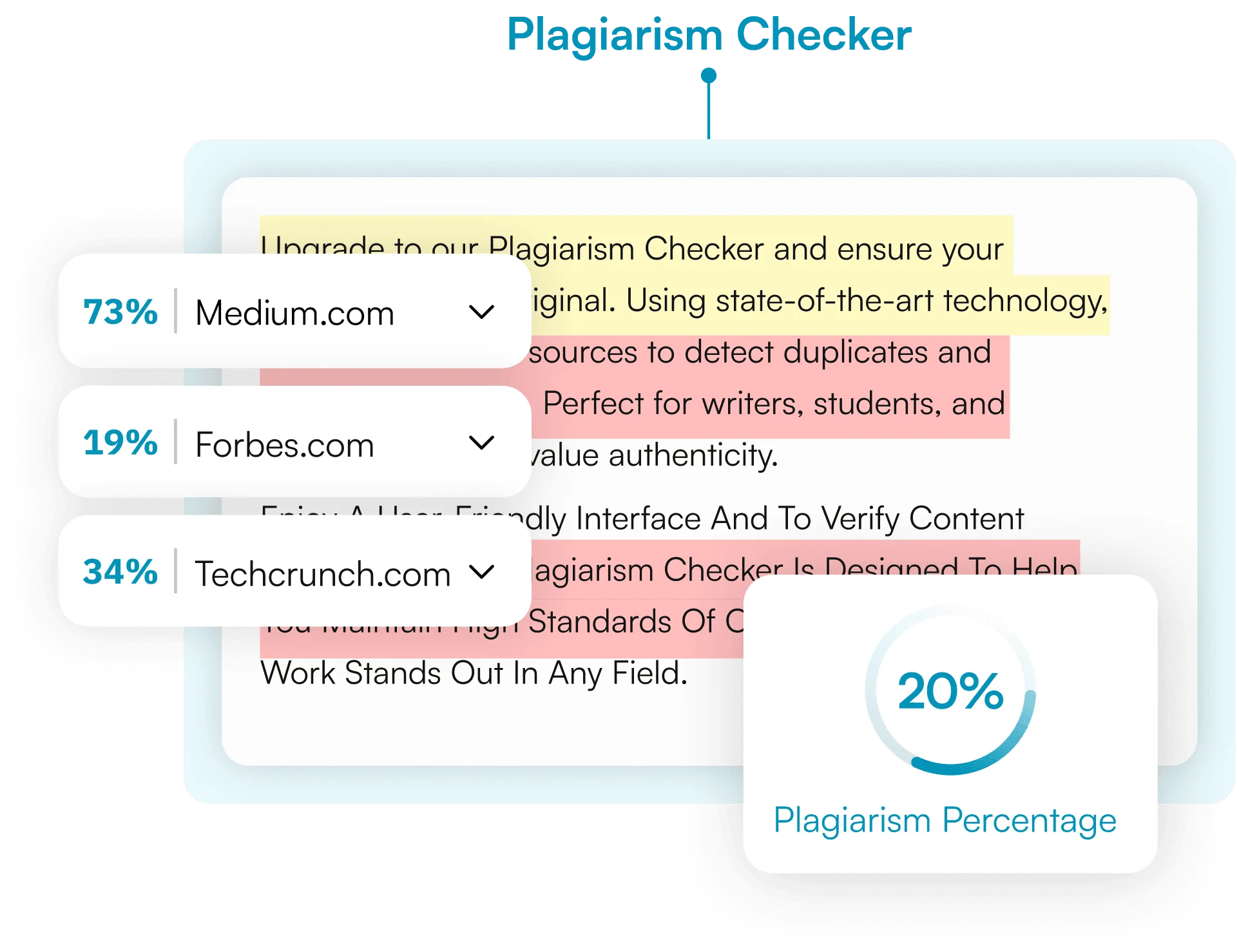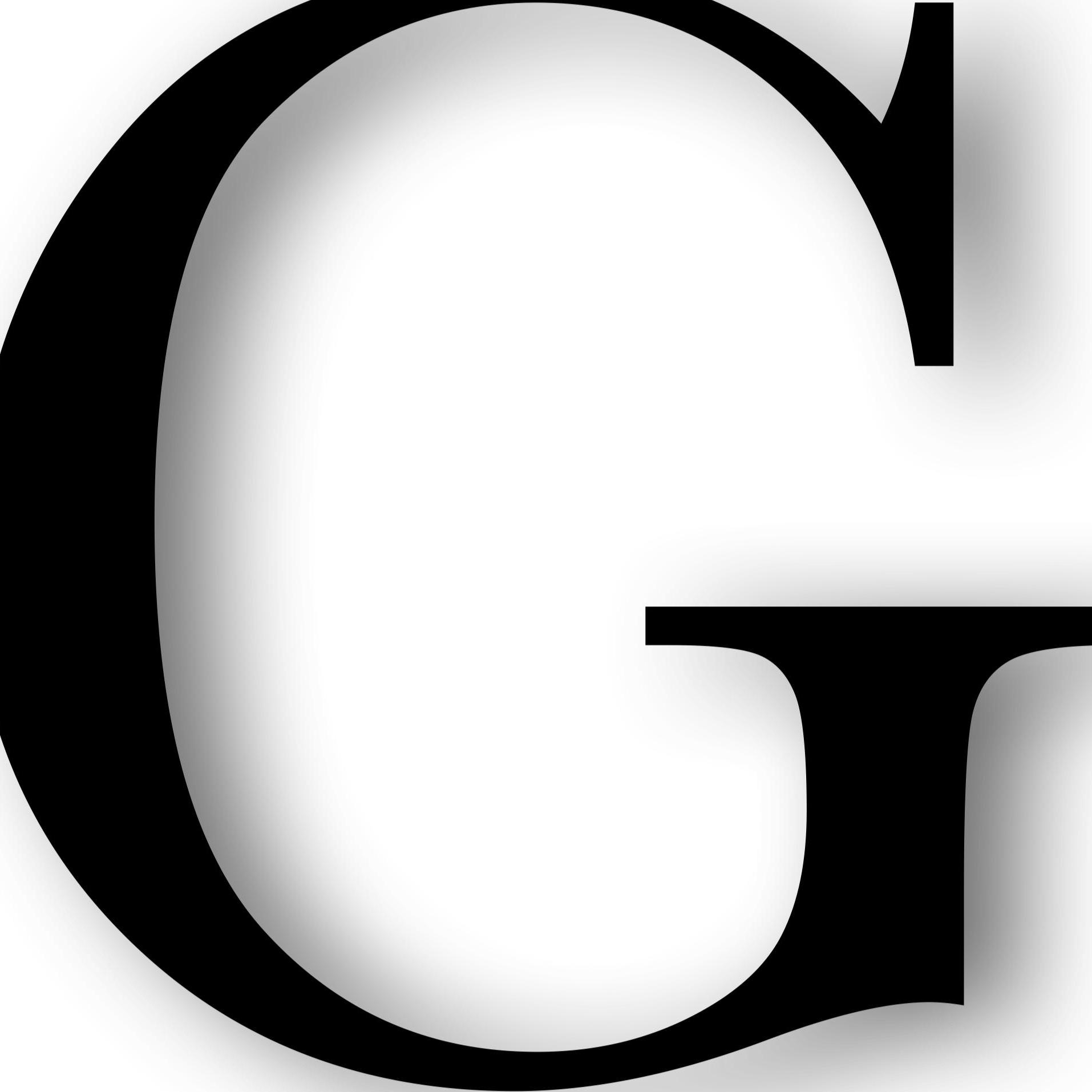Introduction
In todays networked world, everyone agrees that good content still sits at the top of the heap, but true respect goes to work that is genuinely fresh. Whether you are a student turning in an essay, a researcher drafting a journal article, a social-media creator, or a marketing specialist, originality remains non-negotiable. Because the web is crammed with pages on almost every imaginable topic, it is alarmingly easy to stumble into someone elses phrasing-or to borrow from it on purpose. For that reason, checking a document for plagiarism quickly proves to be one of the smartest safeguards you can adopt.
A plagiarism check simply means putting a piece of writing through a scan that compares it with published texts, archives, and online sources to confirm that almost every line is yours alone. Such scanning protects the integrity, trustworthiness, and professional reputation of the author. Thanks to algorithms that comb the web in seconds and to databases that grow daily, verifying an articles uniqueness can now happen long before it appears in print or hits the submit button.
What Is a Plagiarism Check?
A plagiarism check relies on software or web-based services that match your text against enormous libraries of journals, blogs, student papers, and every other public document it can access. The system highlights areas where phrases, citations, or ideas overlap, allowing you to revise or credit sources before prospective readers ever notice a problem.
Most plagiarism detection tools generate a similarity rating-often shown as a percentage-highlight overlapping text, and list the original sources from which each segment was drawn. With this report in hand, writers and editors can either fix or accurately credit borrowed ideas, guaranteeing that the finished document is genuinely new.
Why Is a Plagiarism Check Important?
Reasons to run a plagiarism scan before any public release cut across every field and setting:
Academic Integrity
In colleges and research labs, copying work is treated seriously. Students, faculty, and scholars are expected to present original thought, credit all references, and steer clear of even accidental overlap. A quick check confirms that a paper or dissertation lives up to both campus rules and broader ethical norms.
Content Credibility
For bloggers, marketers, and brands, issuing recycled material can hurt a name, alienate readers, and open doors to lawsuits. Scanning copy ahead of publication lets creators guard audience faith by showing every post, tweet, or ad was crafted fresh.
Search Engine Optimization (SEO)
Search engines like Google rank exclusive, well-written pages above duplicates. When identical passages appear, rankings sink or, in extreme cases, the site is penalized. By inspecting text for sameness before it goes live, you shield your SEO work and boost the odds of appearing higher on results pages.
Professionalism and Ethics
Passing off another persons writing as your own is both wrong and risky. It can spark lawsuits, damage reputations, and trigger disciplinary action. Whether the work in question is a boardroom brief, an office email, or an online article, consistently presenting original thought shows respect for copyright and enhances professional standing.
How Do Plagiarism Check Tools Work?
Plagiarism scanners rely on algorithms and machine-learning models that:
- scan documents word by word
- slice text into manageable phrases
- match those pieces against an indexed web library
- spot identical and closely related language
compile results that list similar sources, flagged sections, and an overall similarity score.
Top products also probe paraphrased material and examine shifts in syntax that may still copy the original.
Top Features to Look for in a Plagiarism Checker
When selecting a checker, seek these essential capabilities:
Comprehensive Database: it should survey millions of websites, journals, and archived publications.
Detailed Reports: good software delivers plain-language feedback, active links, and highlighted matches.
Paraphrasing Detection: near-duplicate writing must be flagged, not ignored as unique.
Privacy Protection: the service must keep your documents confidential and never store or sell them.
Multilingual Support: When your writing crosses language borders, pick a checker that handles grammar and originality in each tongue.
Integration with Writing Tools: Look for a service that plugs directly into Word, Google Docs, or your LMS so checks happen while you write.
Popular Plagiarism Check Tools
These options are trusted by educators, editors, and web publishers alike for catching unintentional reuse.
Turnitin: A fixture in schools and colleges, Turnitin scans work against a massive academic archive and produces detailed match reports.
Grammarly Premium: Beyond syntax fixes, the premium plan flags borrowed sentences on the same dashboard digital pros already use.
Copyscape: Favored by bloggers and site managers, Copyscape compares live web pages to spot duplicate passages.
Quetext: A straightforward platform with deep-search algorithms and clear summaries, well-liked by teachers and freelance writers.
Plagscan: Robust for both research and business, Plagscan syncs with cloud storage and delivers exportable, easy-to-read results.
Plagiarism Check and Content Marketing
In content marketing, fresh ideas win customers. Posting copied or recycled material can: - Damage your sites reputation - Spark copyright complaints or lawsuits - Draw penalties from search engines - Alienate readers who sense insincerity A quick plagiarism detector scan thus shields you from these pitfalls and helps your work cut through the crowded online noise.
Best Practices to Avoid Plagiarism
Although the scan is last, you can keep trouble at bay by: - Quoting and crediting every source - Paraphrasing only after deep understanding, not lazy word-swapping - Logging notes full citations as you research - Running draft scans early - Writing from your own insights and experiences.
Final Thoughts
Original work signals your professionalism, knowledge, and ethical standards. With so much content floating around, accidental similarities can happen to anyone. A good plagiarism checker is therefore a small yet powerful safeguard.
Whether you are a student handing in an essay, a freelancer sending a project to a client, or a company posting content on its website, running a quick plagiarism scan safeguards your reputation, boosts search rankings, and confirms that your message is fresh and powerful.






